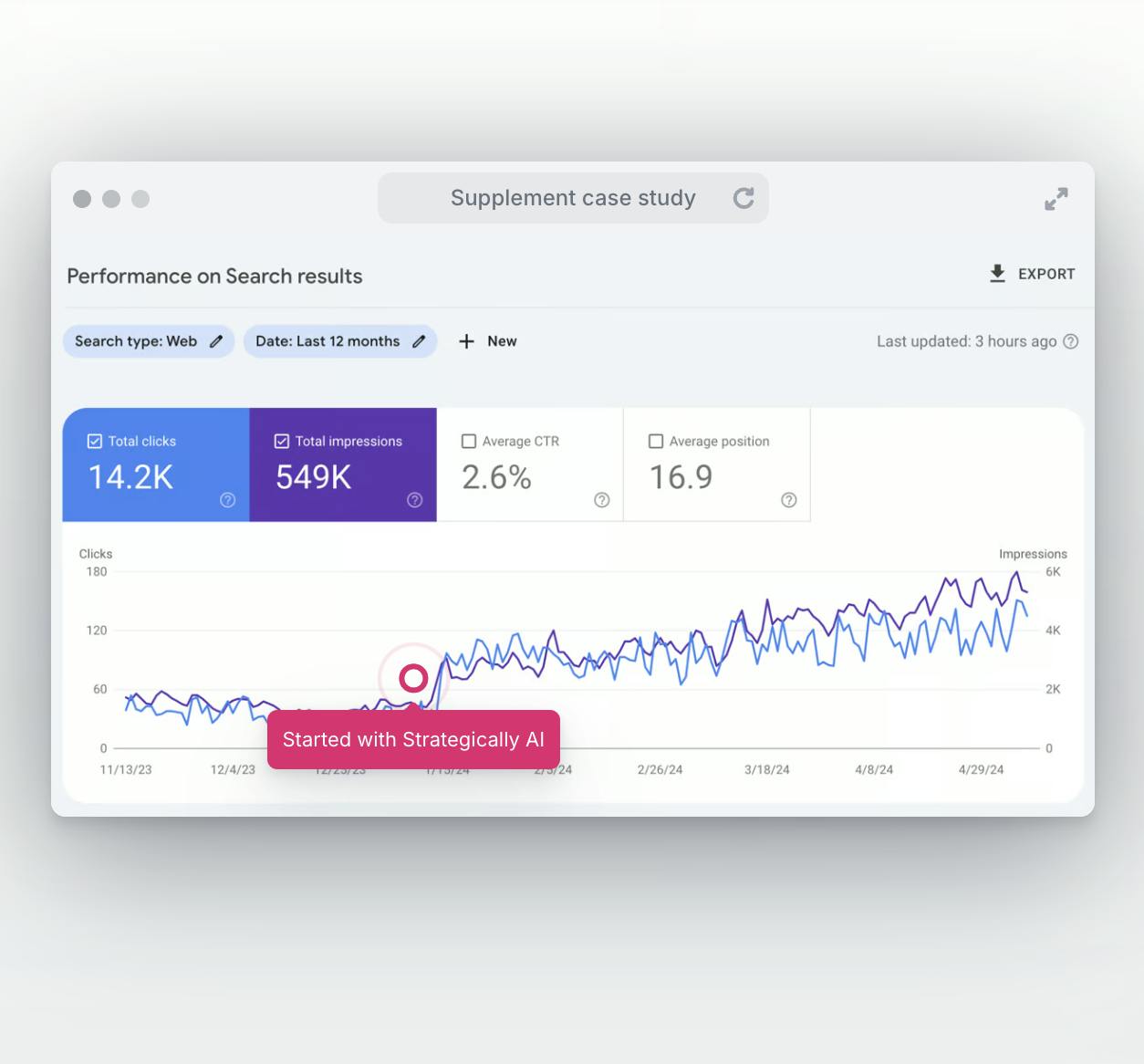In the English language, few aspects can be as confusing as understanding when to use "its" and "it's." These two homophones might sound similar, but they have vastly different meanings and applications. In this article, we'll unravel the mysteries behind "its vs. it's" and provide you with clear explanations and examples to ensure you never mix them up again.
The Dilemma of "Its" and "It's"
1. Its
Usage: "Its" is a possessive determiner, indicating that something belongs to or is associated with a non-human entity.
- Example: The cat licked its paws.
2. It's
Usage: "It's" is a contraction of "it is" or "it has." It represents a combination of the pronoun "it" and either the verb "is" or "has."
- As a contraction for "it is":
undefined - As a contraction for "it has":
undefined
The Key Differences
Understanding the distinctions between "its" and "it's" is essential:
- "Its" is a possessive form.
- "It's" is a contraction for "it is" or "it has."
Examples in Context
Let's explore some examples to see how these words are used in sentences:
- The tree lost its leaves in the autumn.
- It's a beautiful day for a picnic.
- It's been a while since we met.
Tips for Remembering
To avoid confusion between "its" and "it's," here are some helpful tips:
- Its: Think of "its" as belonging to something. The word "its" itself contains the word "it," which refers to a non-human entity.
- It's: Remember that "it's" is a contraction of "it is" or "it has." If you can replace "it's" with "it is" or "it has" in a sentence, then "it's" is the correct choice.
Conclusion
Navigating the territory of "its vs. it's" may have been a challenge in the past, but now you have the knowledge to use them correctly. These homophones may sound alike, but their meanings and functions are distinct. So, the next time you encounter these words, remember these tips, and don't let possessive pronouns and contractions trip you up!
If you're looking for expert writing services, including SEO content and unlimited revisions, look no further! Visit our content writing agency to explore how we can elevate your content. Your words matter, and we're here to make them shine.
Frequently Asked Questions
Q1: Can "its" ever be used to refer to a person?
A1: No, "its" is exclusively used to indicate possession or association with non-human entities. When referring to people, we use "his" or "her" for possessive forms.
Q2: Is "it's" commonly used in formal writing?
A2: "It's" is acceptable in both informal and formal writing when used correctly. However, it's important to avoid contractions in very formal or academic contexts.
Q3: Are there other possessive pronouns in English?
A3: Yes, in addition to "its," other possessive pronouns include "his," "her," "their," "your," "my," and "our."
Q4: Can "its" be used with animals?
A4: Yes, "its" is used with animals to indicate possession or association. For example, "The dog wagged its tail."
Q5: Are there other common contractions in English?
A5: Yes, English is rich in contractions, including "you're" (you are), "we're" (we are), and "they're" (they are), among others.








